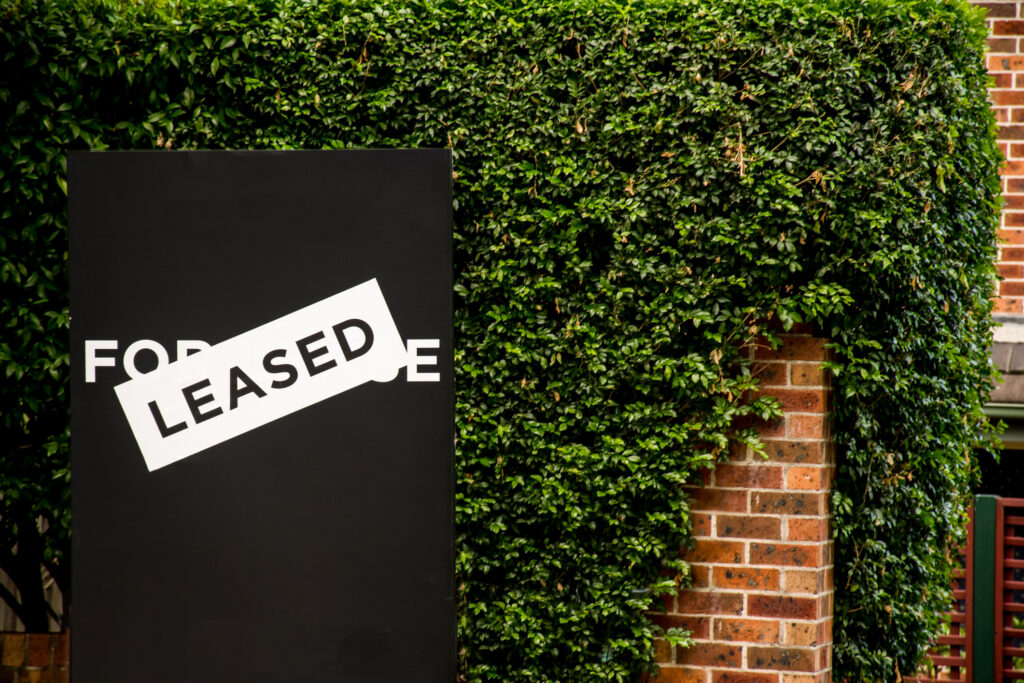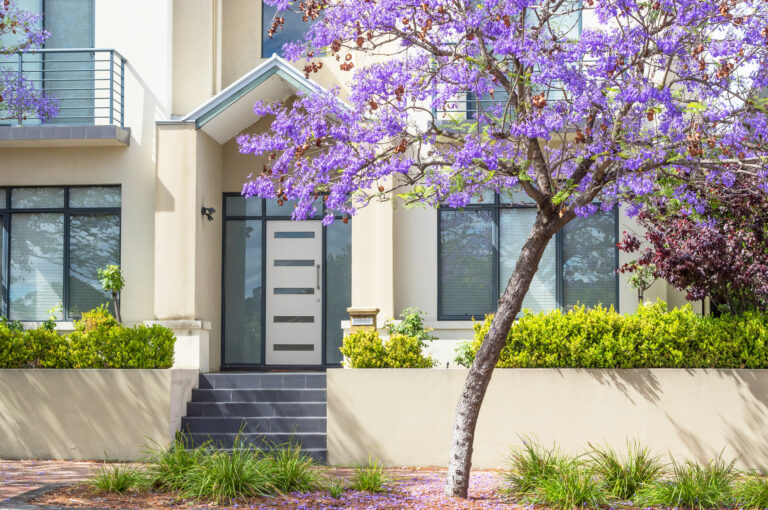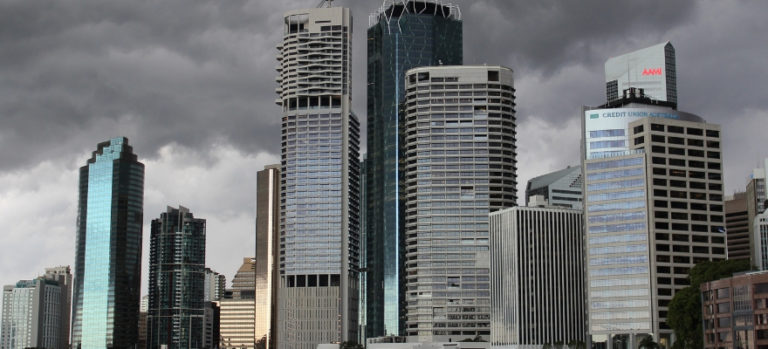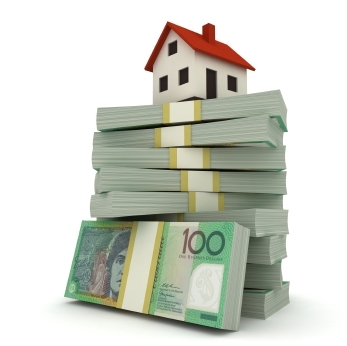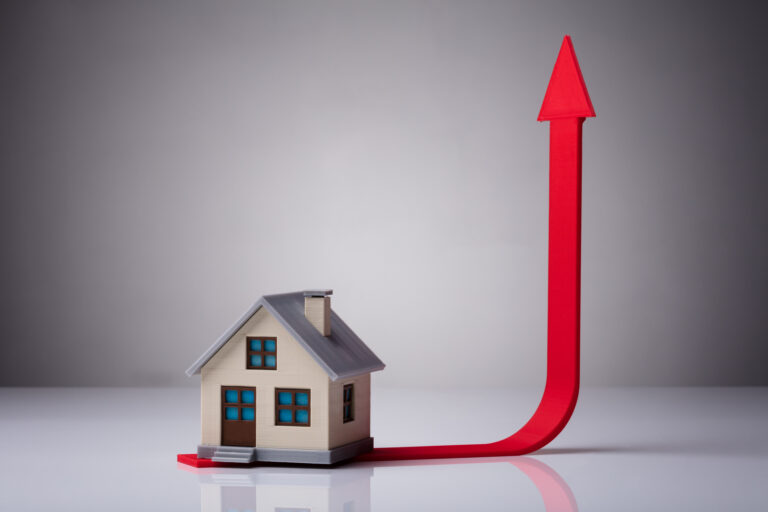Queensland’s rental crisis continues with vacancy rates remaining at levels significantly below a healthy market. The Real Estate Institute of Queensland (REIQ) says vacancies throughout the vast majority of the state were below 1% at the end of June Quarter. A balanced market is considered to be between 2.6% and 3.5%. REIQ figures show competition in the inner-city areas is particularly fierce, with a vacancy rate of just 1% which is down 0.5% on the previous quarter. The Brisbane City local government area vacancy rate has hit a new low of 0.8%. REIQ chief executive Antonia Mercorella says typically there is plenty of supply of inner-city apartments but that is no longer the case. The REIQ data shows the tightest rental markets in the Brisbane region are Logan City (0.6%) and Moreton Bay LGA (0.4%). There were slight increases in vacancy rates in coastal markets including Noosa which is now 1.1%, Caloundra Coast 0.9% and Sunshine Coast 0.8%.
Coast Needs More Residents
Despite low vacancy rates and a tight housing market, the new Gold Coast City Council CEO says the region needs more residents. CEO Tim Baker says the region must brace for a population boom the size of Hobart by 2032. He says that growth is good but the challenge will be to balance the growth with the lifestyle new arrivals expect. “We are a growing city,” he says. “The State Government has set us a target to get to a million people within 10 years. The city of Hobart needs to move here within the next 10 years – that’s how big the growth target is in front of us.” Baker says many people want to move to the Gold Coast to take advantage of the lifestyle it offers. “The challenge is, how do we maintain that Gold Coast way of life and still grow at the same time? It’s a challenge that’s before us, and it’s a real challenge,” he says
Quote of the Week
“A substantial relaxation of planning restrictions would enable more construction and hence less expensive housing.”
Centre for Independent Studies chief economist Peter Tulip
RBA Refutes Property Doomsayers
The Reserve Bank of Australia deputy governor has dismissed concerns that interest rate rises will have a negative impact on the housing market. Michele Bullock says most households can handle a potential 3 percentage point increase in the cash rate. This, she says, is because many borrowers are well ahead on their mortgage repayments, have significant savings and good equity in their homes. Bullock says most borrowers had been assessed under very strict criteria in recent years to ensure they could afford any interest rate rises. She says the current cash rate of 1.35% must go a “fair bit higher” for the economy to reach a balanced level, while RBA Governor Philip Lowe says that balanced or neutral rate is probably “at least” 2.5%. Their comments come as Commonwealth Bank of Australia economist Gareth Aird and Coolabah Capital head Christopher Joye expressed concerns that higher rates will cause house price falls and lead to a reduction in household wealth. But Bullock disagrees
Rising Migrants Lift Rental Searches
A return of migrants and international students is putting further strain on the rental market. PropTrack’s Overseas Search Report reveals searches on realestate.com.au from overseas increased by 23% in June compared with the same time last year. Rental searches accounted for 71% of the overseas activity during June, while 7% of searches were for properties for sale. Searches from China jumped a massive 432% during June, India is up 197 %, and Hong Kong is up by 100%. PropTrack economist Angus Moore believes the current increase in searching activity is from migrants and students, not expats. “When we look at ABS data, we are starting to see migrants come back,” he says. “It’s nowhere near what we were seeing pre[1]pandemic but there are signs it’s returning. “If we think about the composition of temporary migrants in Australia, it’s largely students, working holidaymakers and, to some extent, temporary work visas. Most of those people are going to be looking for rentals.”
Increased Density Could Ease Prices
Allowing higher density development in Australia could help ease housing affordability issues, according to analysis of New Zealand planning changes. Auckland “up-zoned” about three quarters of the city in 2016 in response to a housing affordability crisis. The changes allowed for the construction of townhouses, terraces and units within 20km of the CBD. Research by the Cowles Foundation for Research in Economics at Yale University found that, as a result, Auckland has built an extra 26,903 homes in the past five years. Report author Dr Ryan Greenaway-McGrevy says the success can be attributed in part to the almost blanket introduction of higher density development throughout the inner suburban area of Auckland. “If cities are considering up-zoning they really need to shy away from only small, targeted areas that are permitted to build up and think about implementing the policy more broadly,” he says. Brendan Coates of the Grattan Institute says these kinds of policies could lower the cost of housing in Australia by 12.5%
